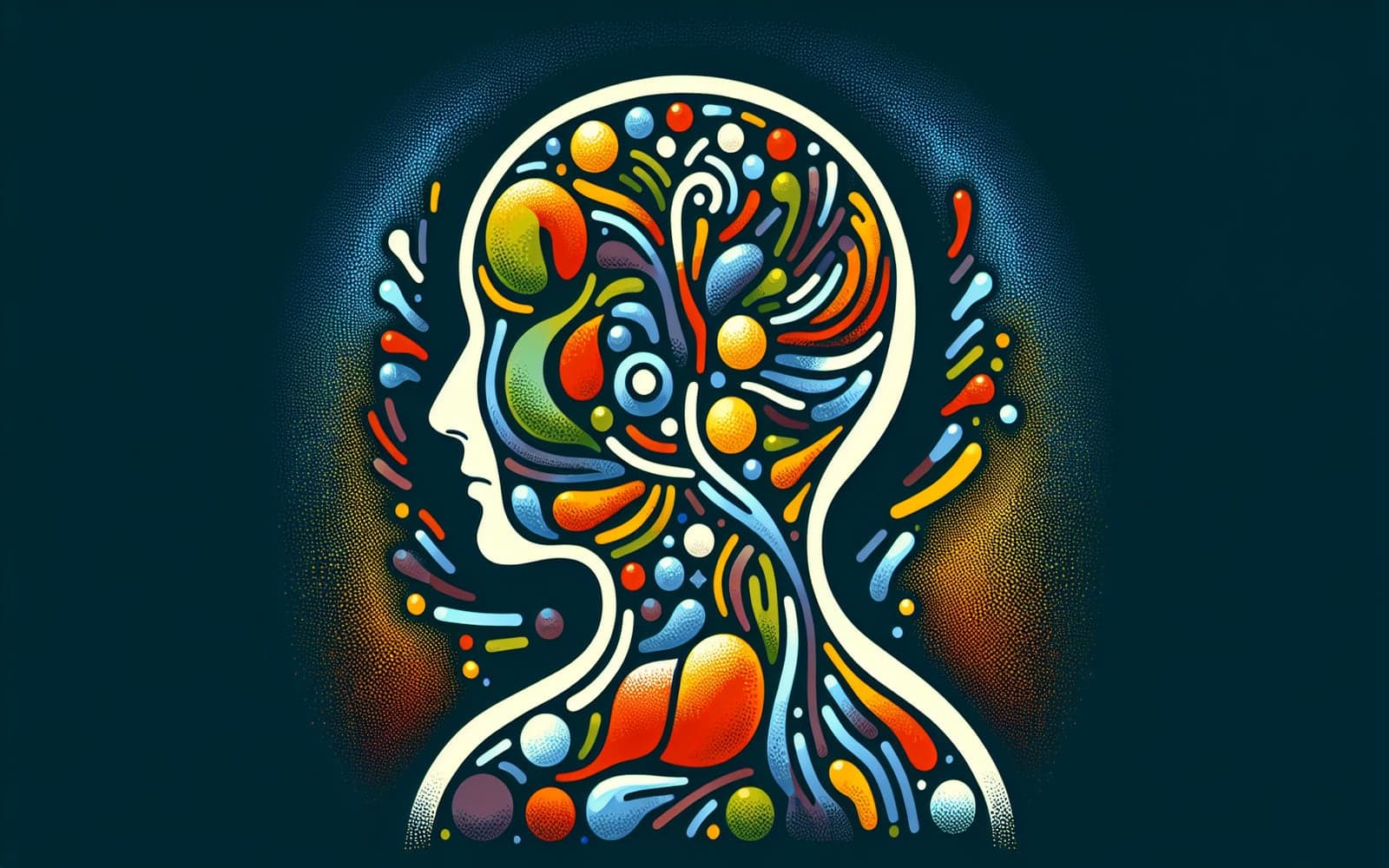Liver Disease: Silent but Serious - Know the Warning Signs
Liver Disease: Silent but Serious - Know the Warning Signs
The Hidden Threat
Your liver is a powerhouse organ, but liver disease often develops with few early symptoms. Knowing the signs can help catch problems before they become severe.
Contents
-
The Liver's Many Jobs
-
Common Types of Liver Disease
-
Red Flags: Symptoms to Watch For
-
Diagnosis and Treatment
The Liver's Many Jobs
The liver is like your body's chemical processing plant. It filters toxins from your blood, produces essential proteins, helps digest food, and stores energy. When liver disease strikes, these vital functions can be compromised, leading to a range of health problems.
Common Types of Liver Disease
Liver diseases come in many forms. Viral hepatitis (types A, B, and C) are infections that inflame the liver. Fatty liver disease, often linked to obesity or alcohol use, causes fat buildup in liver cells. Cirrhosis, the scarring of liver tissue, can result from long-term damage from various causes. Autoimmune conditions and inherited disorders can also affect the liver.
Red Flags: Symptoms to Watch For
Early liver disease may have no symptoms, but as it progresses, warning signs can appear. These include fatigue, weakness, weight loss, nausea, and abdominal pain or swelling. Jaundice (yellowing of skin and eyes), dark urine, and pale stools are more specific signs of liver problems. Bruising easily or having swollen legs and ankles can also indicate advanced liver disease.
Diagnosis and Treatment
Blood tests are usually the first step in diagnosing liver disease. These can measure liver enzymes, bilirubin levels, and proteins that indicate how well the liver is functioning. Imaging tests like ultrasounds or CT scans may be used to look at the liver's structure. Treatment depends on the specific cause but can include medications, lifestyle changes, or in severe cases, liver transplantation.
FAQs
Who's at risk for liver disease?
Risk factors include heavy alcohol use, obesity, viral hepatitis, and certain genetic conditions.
Can liver disease be reversed?
Some types can improve with early treatment, but advanced damage may be permanent.
How can I keep my liver healthy?
Limit alcohol, maintain a healthy weight, avoid risky behaviors that can spread hepatitis.
Is liver disease always caused by alcohol?
No, many non-alcoholic conditions can also lead to liver disease.
Take Action
Don't wait for symptoms - regular check-ups and a healthy lifestyle are key to protecting your liver.
Additional References
-
Reutemann B, Gordon FD. Evaluation of the Patient with Markedly Abnormal Liver Enzymes. Clin Liver Dis 2023; 27:1.
-
Smith A, Baumgartner K, Cooper J, St Louis J. Liver Disease: Evaluation of Patients With Abnormal Liver Test Results. FP Essent 2021; 511:11.
-
Kwo PY, Cohen SM, Lim JK. ACG Clinical Guideline: Evaluation of Abnormal Liver Chemistries. Am J Gastroenterol 2017; 112:18.
This article has been reviewed for accuracy by one of the licensed medical doctors working for Doctronic.












